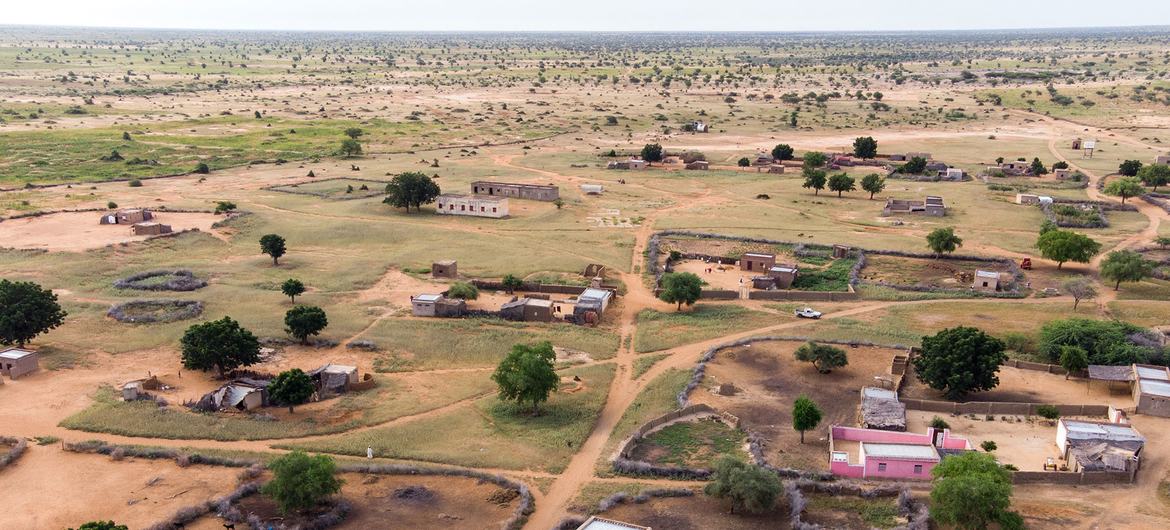There is a 66 per cent likelihood that the annual average near-surface global temperature between 2023 and 2027, will be more than 1.5°C above pre-industrial levels for at least one year.
Warmest year ever
And there is a 98 per cent likelihood that at least one of the next five years, and the five-year period, will be the warmest on record.
“A warming El Niño is expected to develop in the coming months and this will combine with human-induced climate change to push global temperatures into uncharted territory,” he said.
“This will have far-reaching repercussions for health, food security, water management and the environment. We need to be prepared,” said Petteri Taalas.

Off Demak’s coast, global warming is driving up sea levels, waves and currents have strengthened, and a protective belt of mangrove forest has been cut back, leaving the area prone to flooding.
Some key facts
- Typically, El Niño increases global temperatures in the year after it develops, in this case, that means 2024.
- There is a 98 per cent chance of at least one in the next five years beating the temperature record set in 2016, when there was an exceptionally strong El Niño.
- Arctic warming is disproportionately high. Compared to the 1991-2020 average, the temperature anomaly is predicted to be more than three times as large as the global expected anomaly when considering the next five northern hemisphere extended winters.
- Predicted rain patterns for the May to September 2023-2027 average, compared to the 1991-2020 average, suggest increased rainfall in the Sahel, northern Europe, Alaska and northern Siberia, and reduced rainfall for this season over the Amazon and parts of Australia.

Water is becoming increasing scarce in arid and semi-arid parts of Sudan.
Paris Agreement
In addition to increasing global temperatures, human-induced greenhouse gases are leading to more ocean heating and acidification, sea ice and glacier melt, sea level rise and more extreme weather.
The Paris Agreement sets long-term goals to guide all nations to substantially reduce global greenhouse gas emissions to limit the global temperature increase in this century to 2°C while pursuing efforts to limit the increase even further to 1.5°C, to avoid or reduce adverse impacts and related losses and damages.
The Intergovernmental Panel on Climate Change says that climate-related risks for global warming are higher than 1.5 °C but lower than 2 °C.
The new report was released ahead of the World Meteorological Congress (22 May to 2 June) which will discuss how to strengthen weather and climate services to support climate change adaptation.
Priorities for discussion at Congress include the UN’s Early Warnings for All initiative to protect people from increasingly extreme weather and a new Greenhouse Gas Monitoring Infrastructure to inform climate mitigation.



